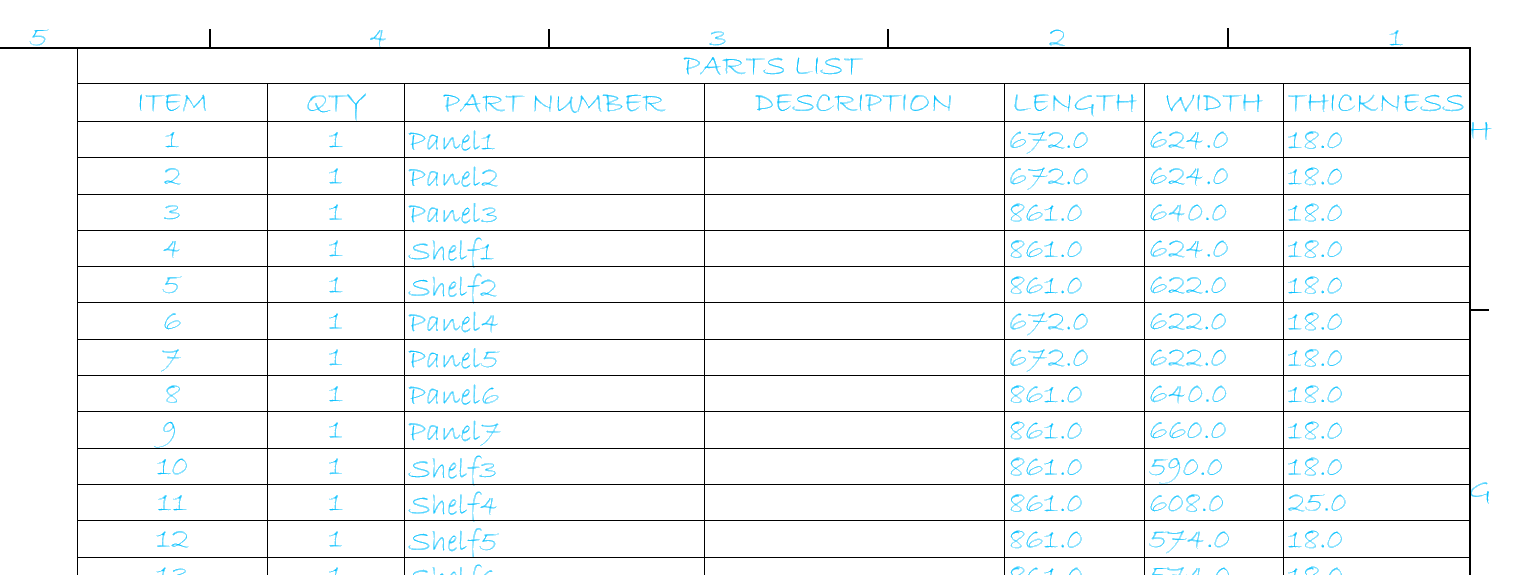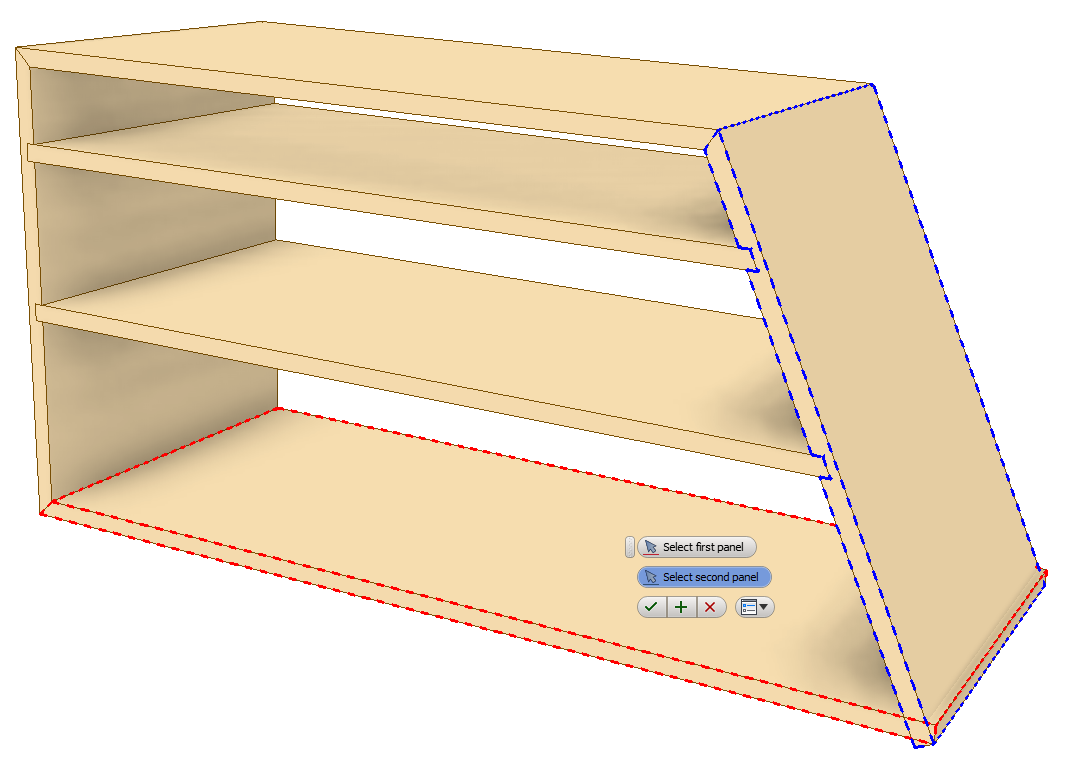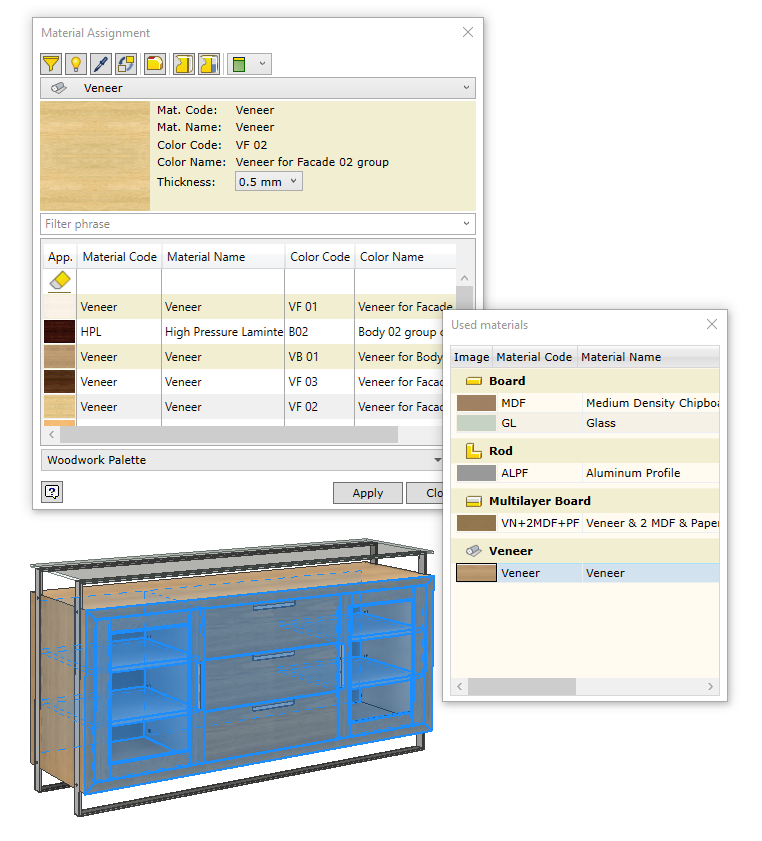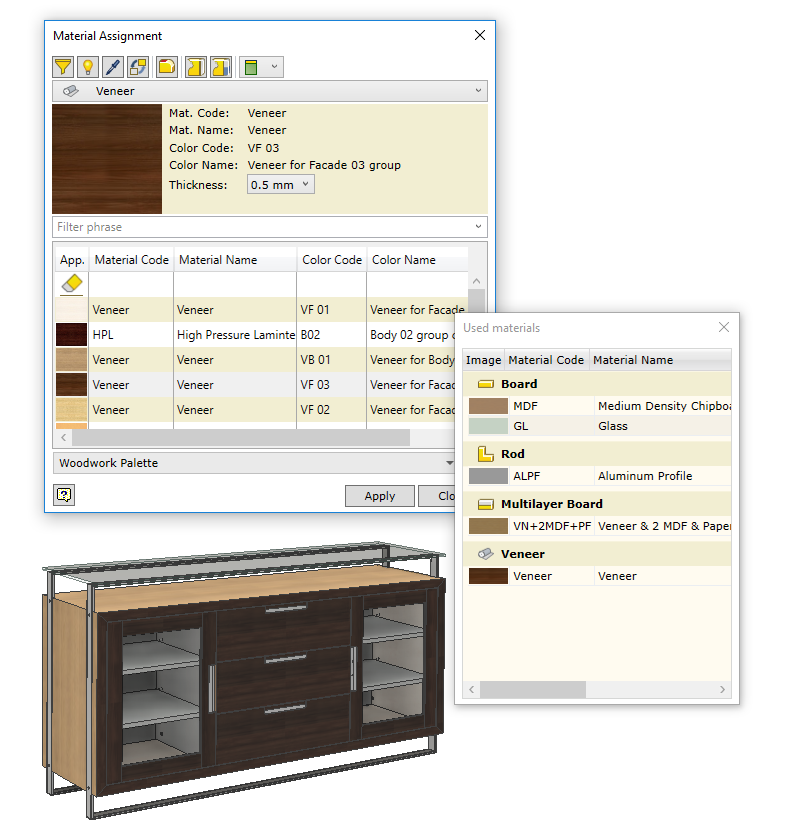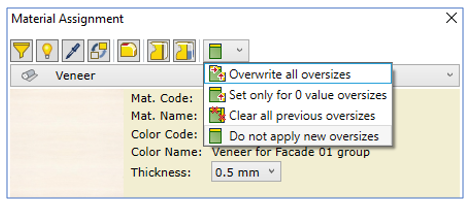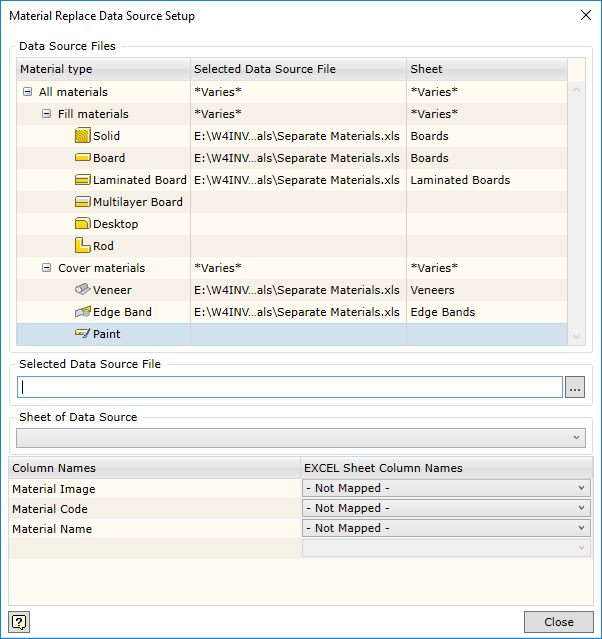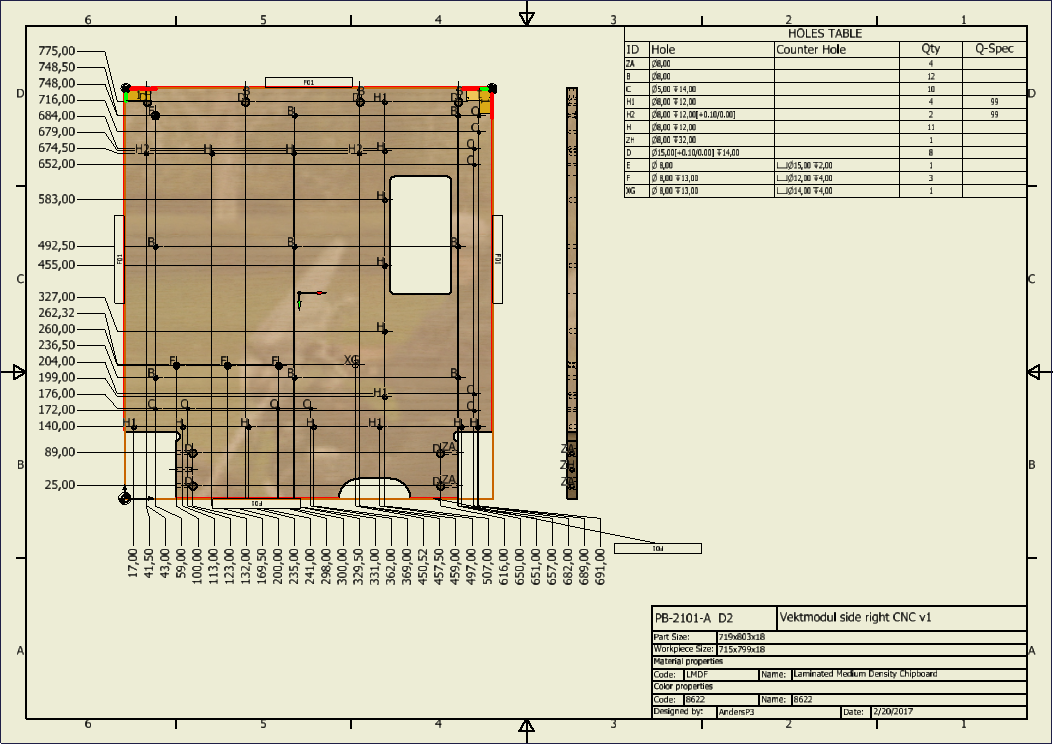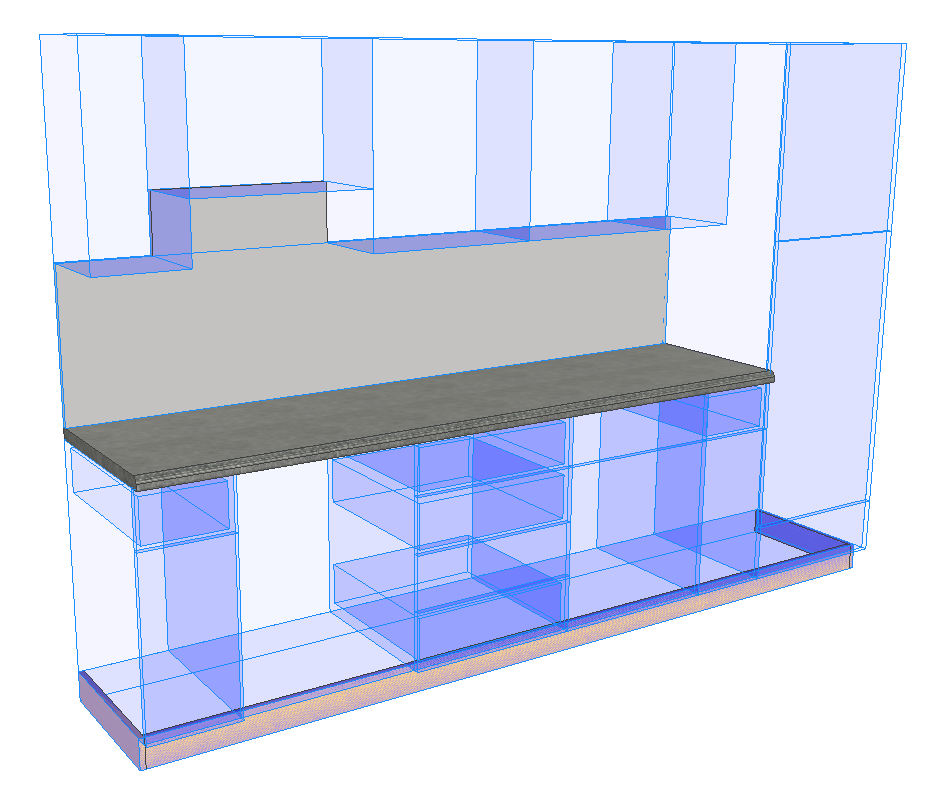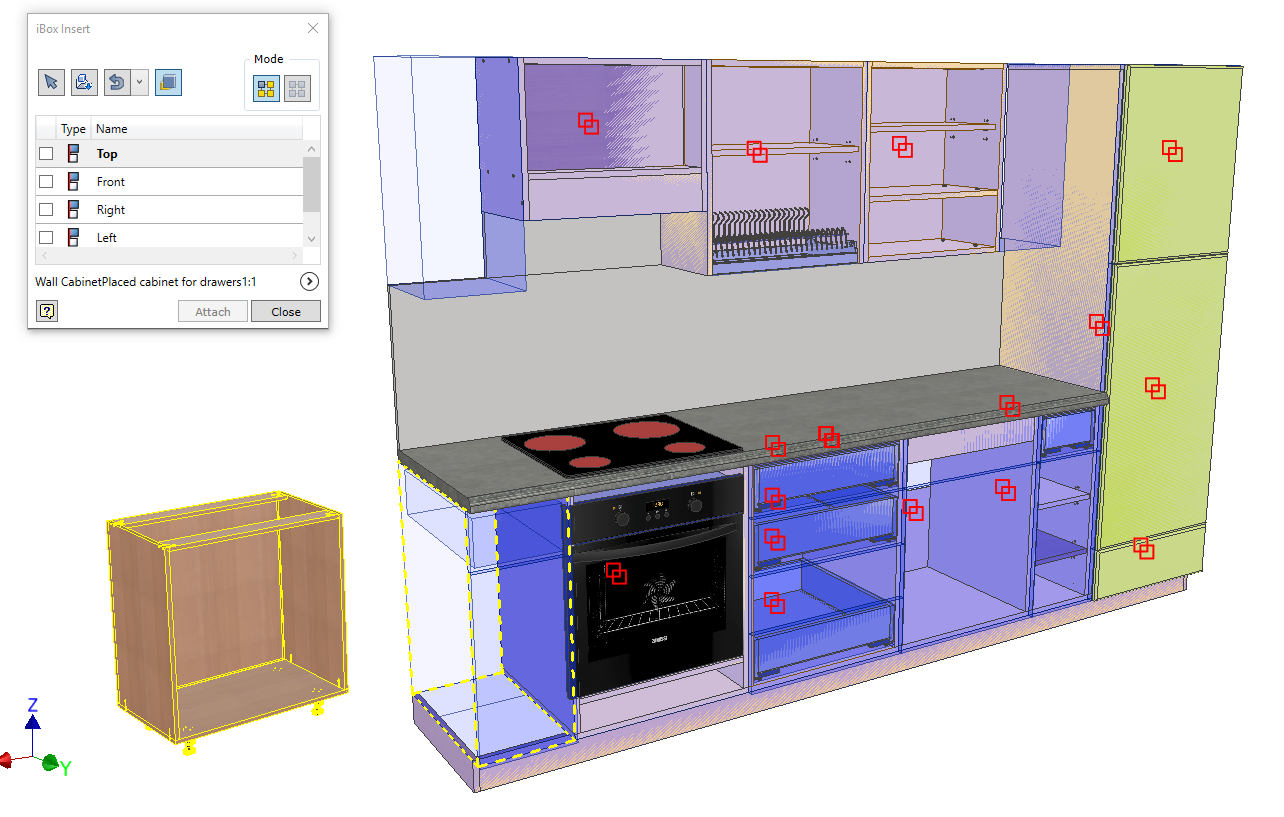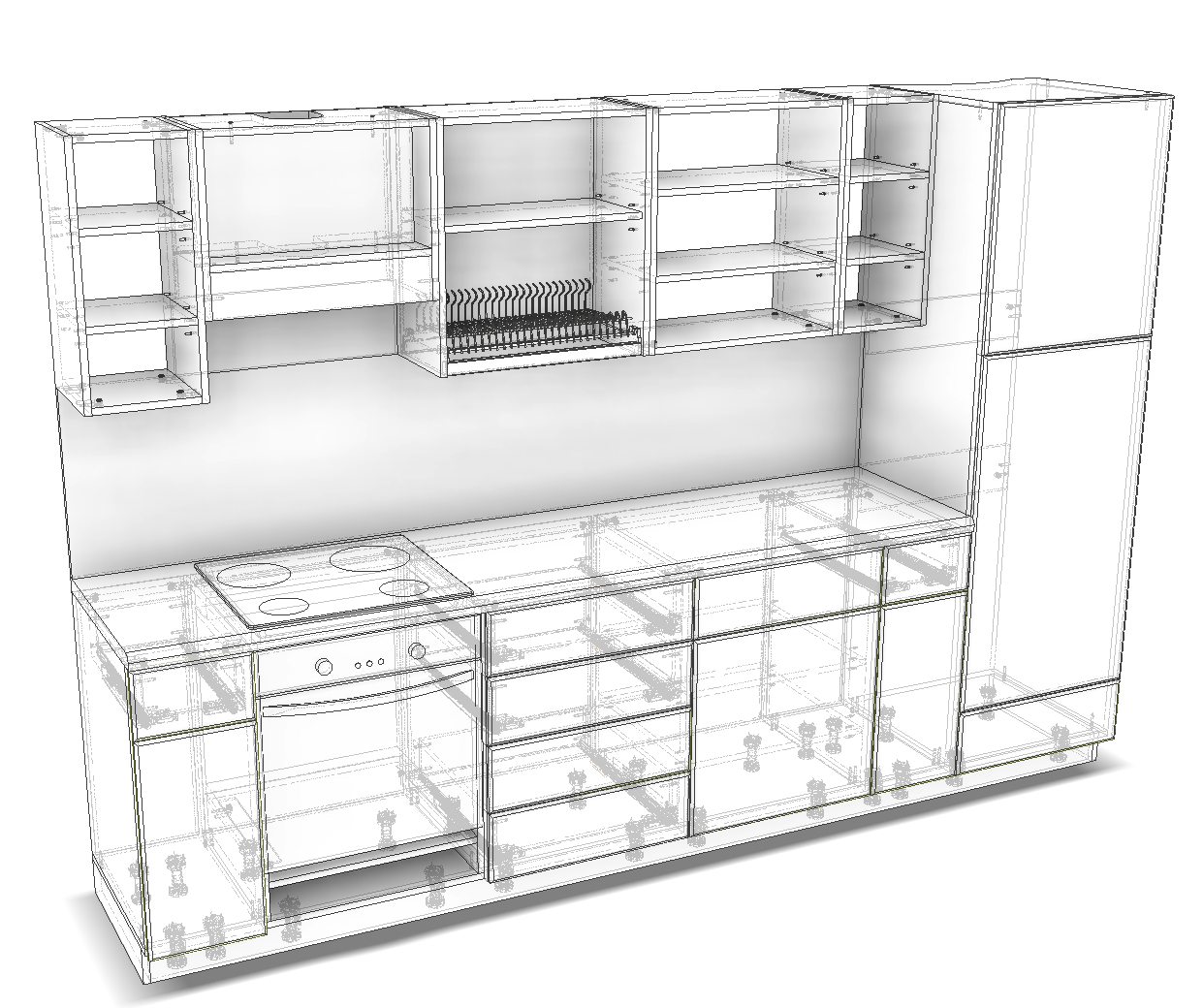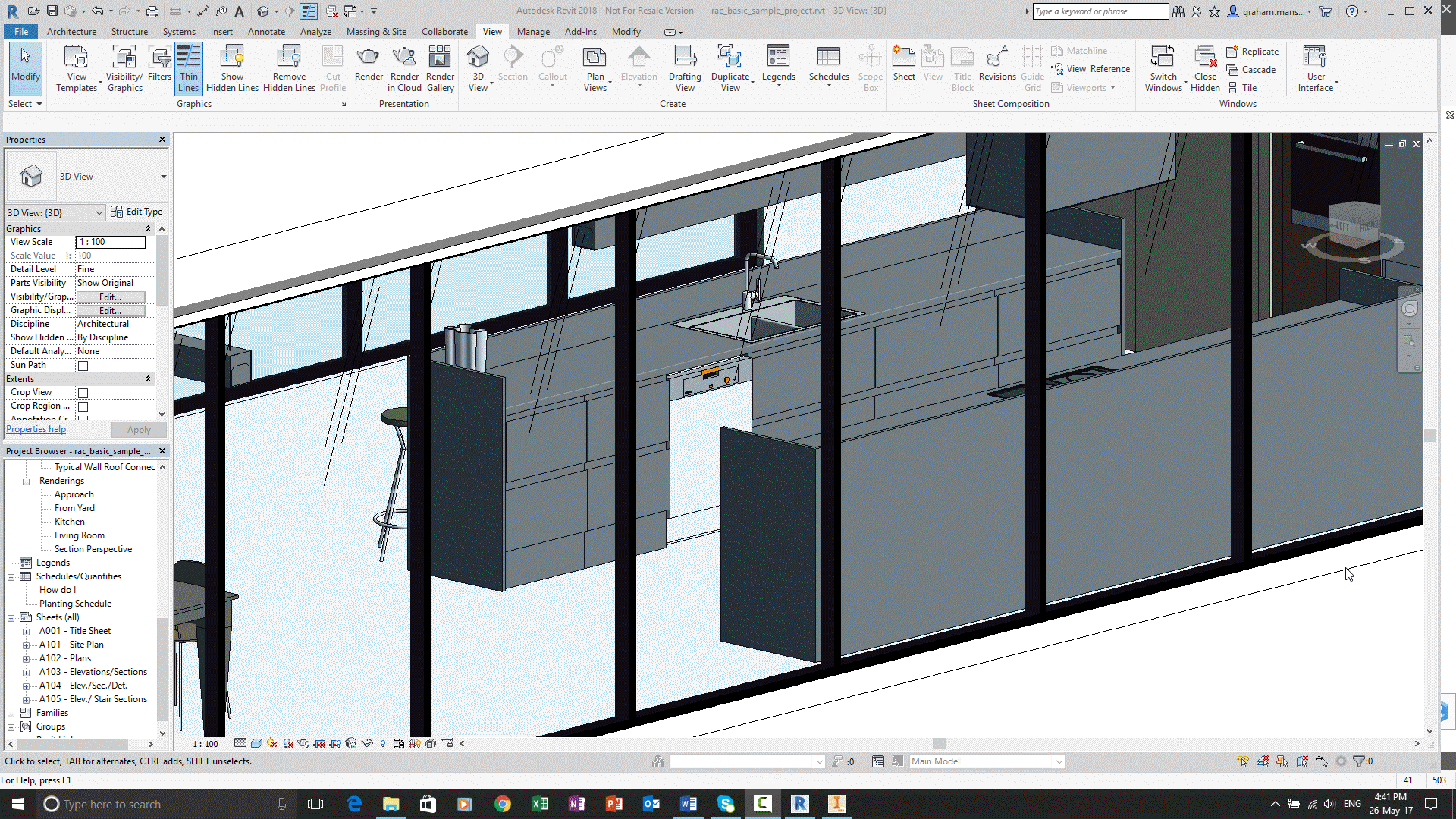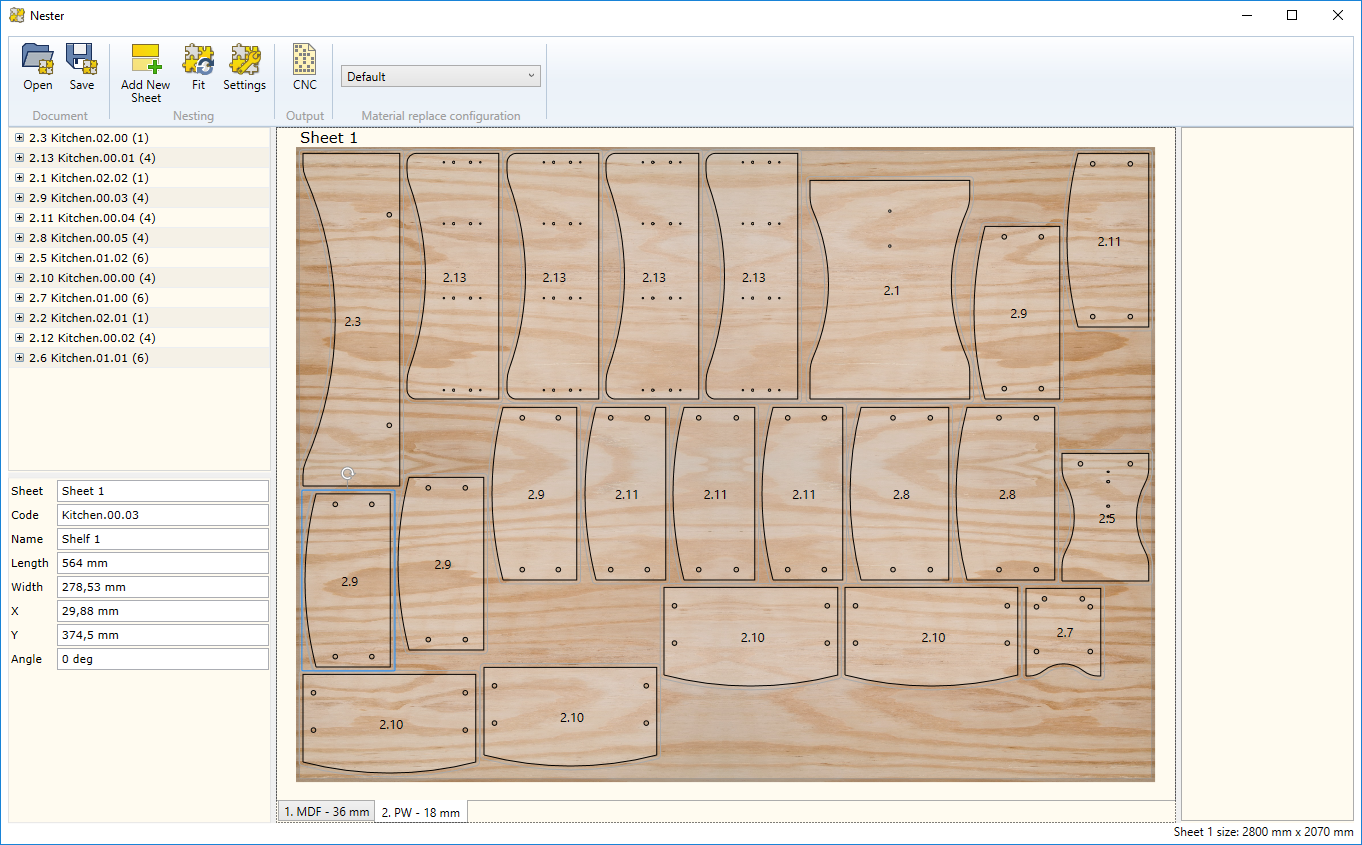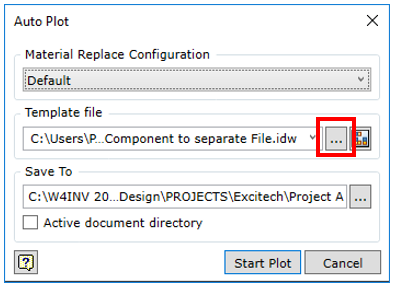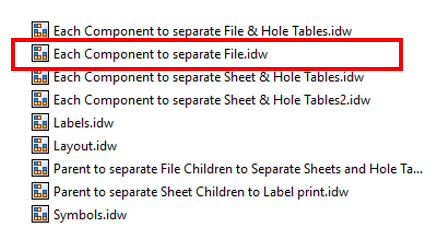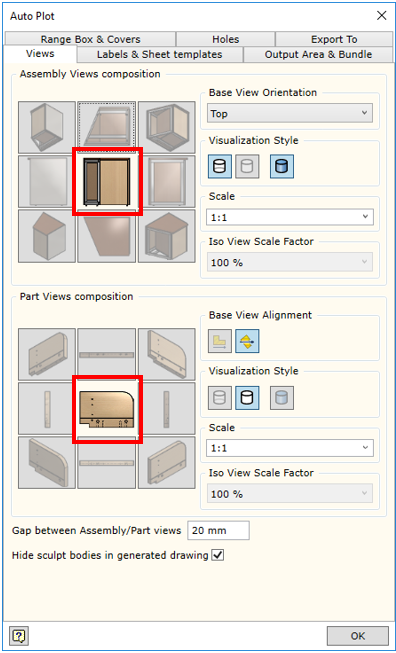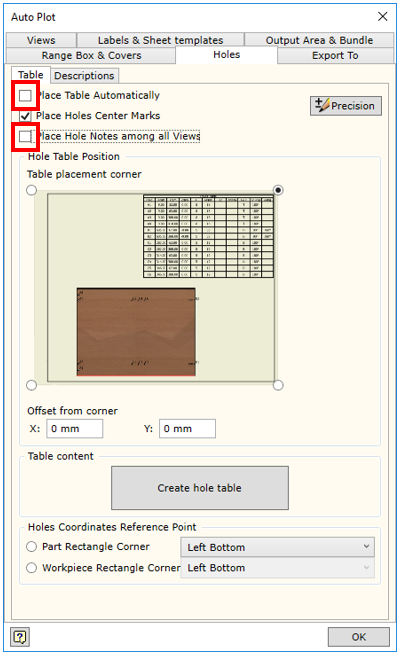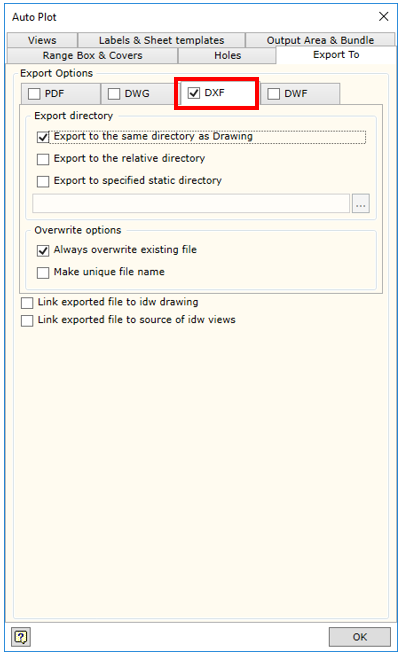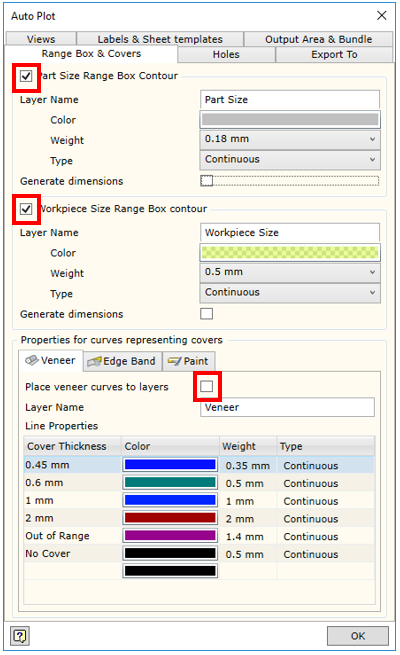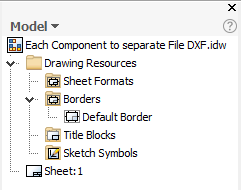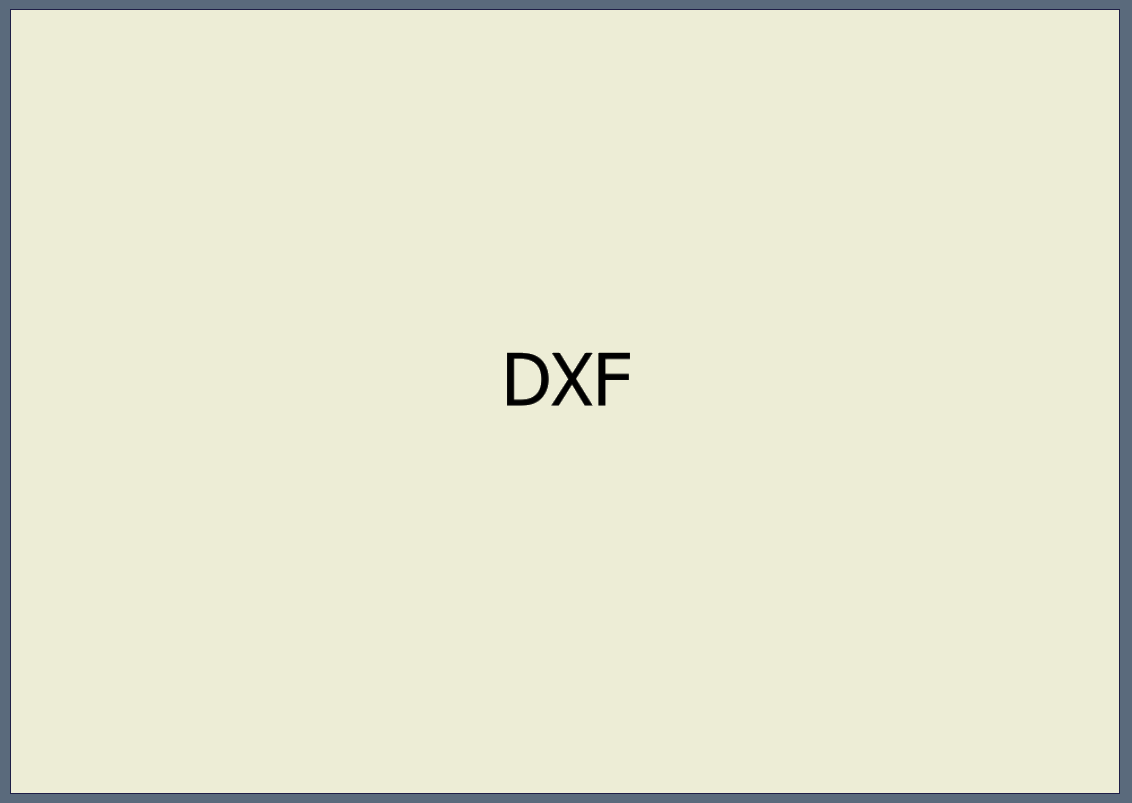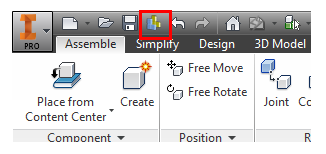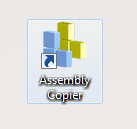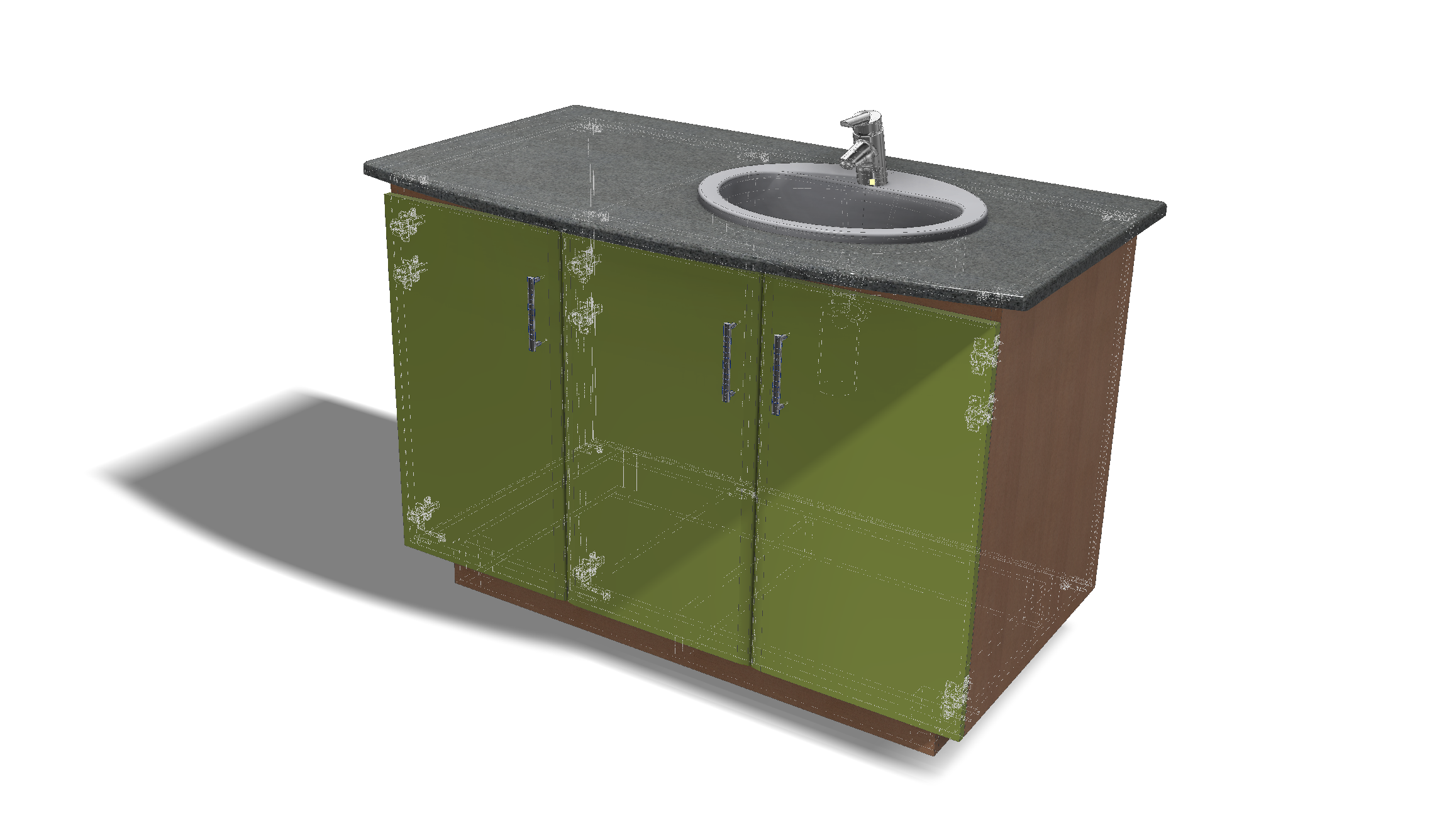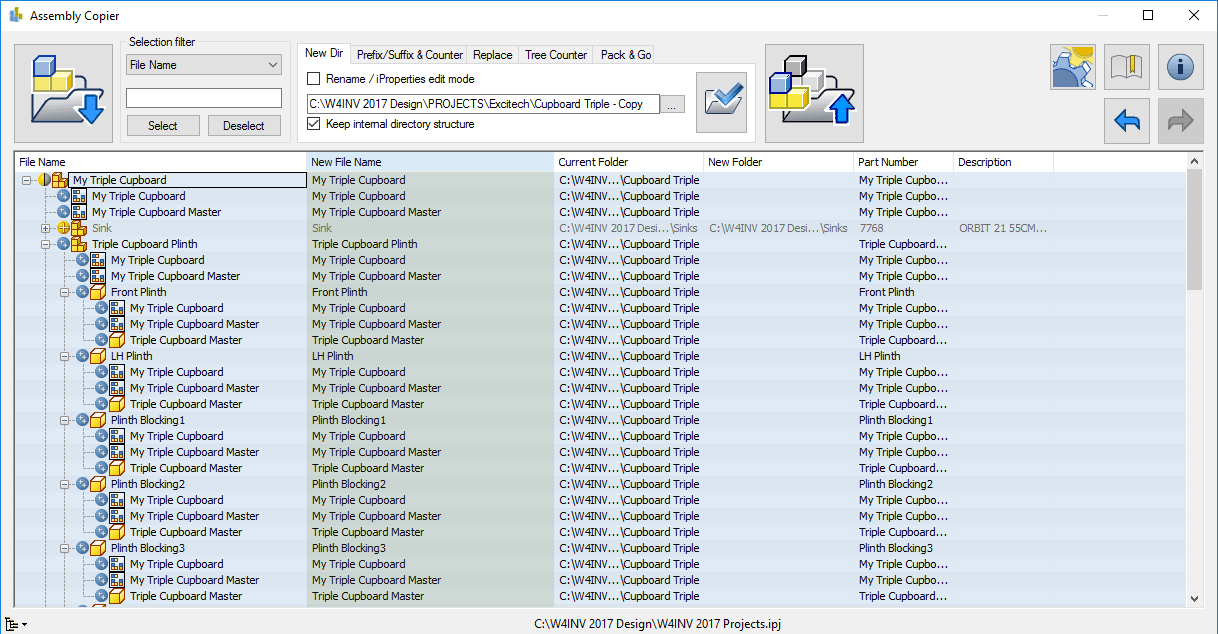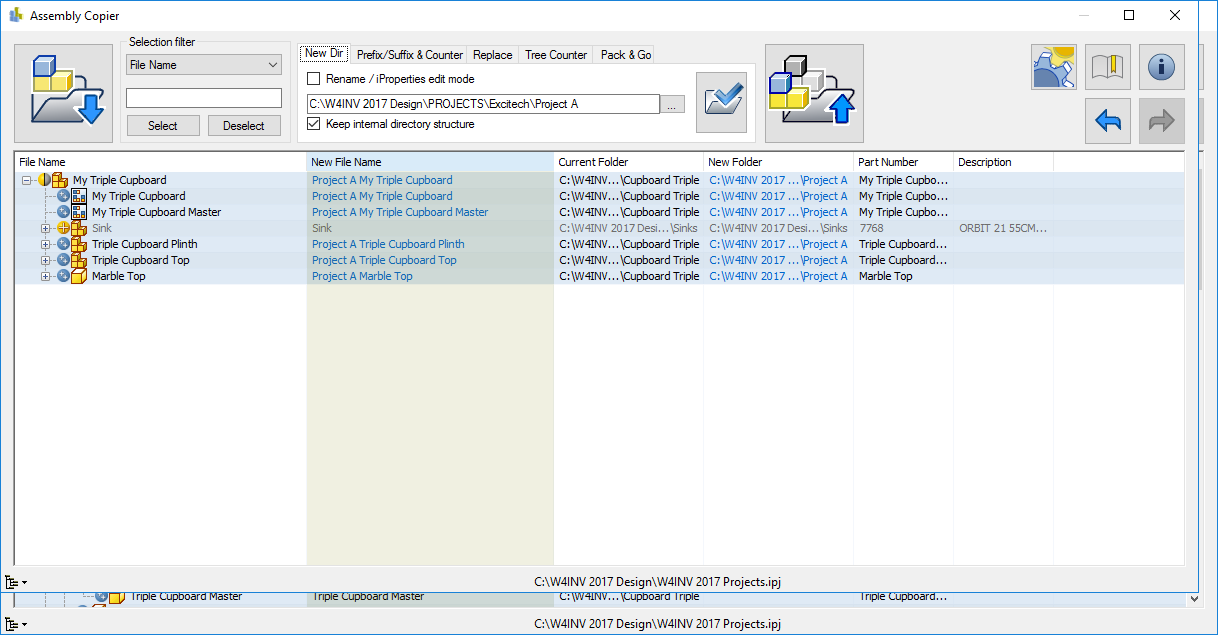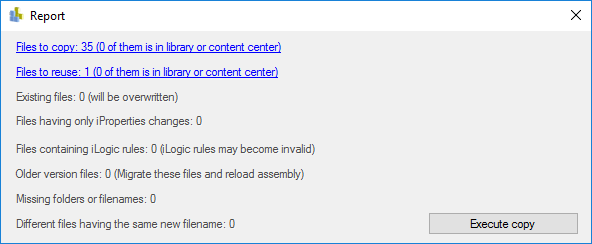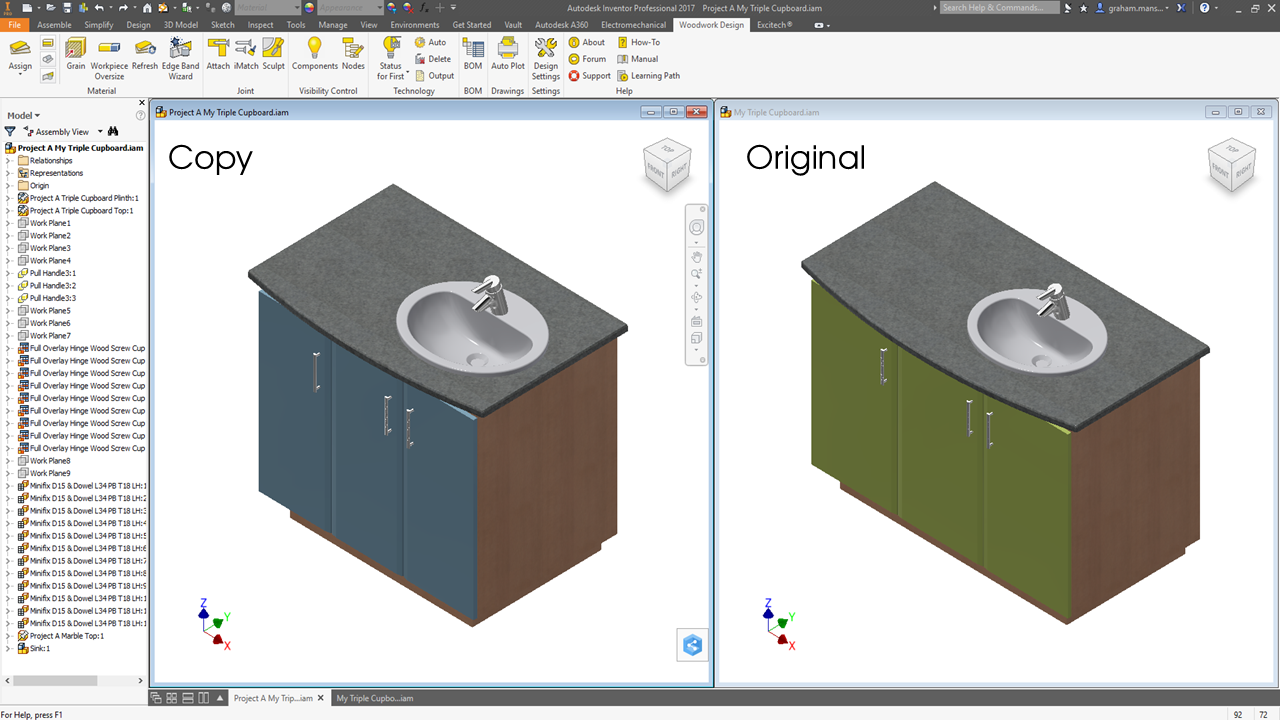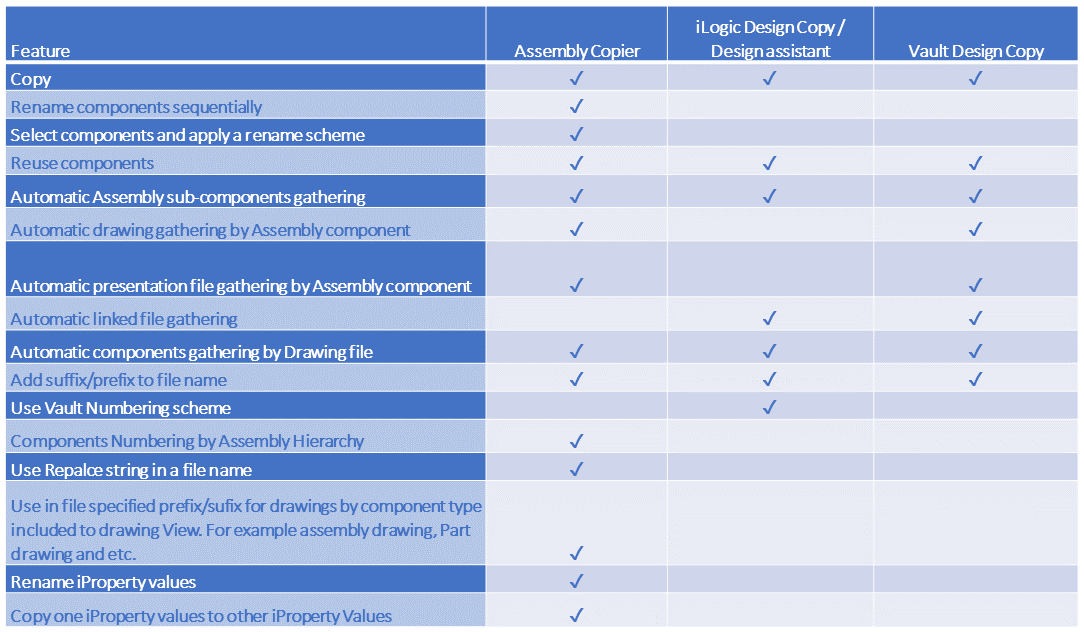Woodwork for Inventor was released back in May this year and I haven’t really had time to review this release in earnest due to other priorities. A major Pandemic springs to mind and sometimes, life just gets in the way. Anyway… until now, so here goes.
ADAPTIVE SCULPT

Before v11 the Sculpt tool has always been a useful tool to remove material or even add material to your parts at the assembly level. Up until now, we have had to manually re-sculpt our assemblies once a parametric change has occured otherwise the cutout would remain in the original position.

Now with v11, the sculpt tool can now work in unison with your parametric changes. How? Adaptivity is how. In W4I it’s been called “Associative”.


By enabling “associative” when creating your sculpt, it will automatically set all affected parts and sub assemblies to become “Inventor adaptive”. Should you wish to revert back & remove adaptivity then removing your sculpts will not clear the adaptivity flags set. You will need to manage these manually by right clicking the parts in the model browser and switch off. If the parts are buried in a sub assembly you will need to open the part and clear the adaptively used in assembly button under Tools> Document Settings. It’s worth taking some time to understand more about the pros & cons of using adaptivity.

Extract about Adaptivity from the Autodesk Inventor Online Help system <Click Link>
MULTILAYER BOARD MATERIAL
This interface is now overhauled to make it easier to create Multilayer Boards. You now have the choice to create a local material added to the part or a sharable material added to the W4I material database.

A typical scenario might be making up a composite worktop. 12mm Corian on the top with an 18mm sub-top made from MDF, however you need a bonding zone of 2mm for Adhesive.

The buildup will require you to have the W4I materials you want to assign already created in your own read/write library. You can then store the custom Multilayer material in the local part or share in your custom library. Two new icons have been provided to choose the Material Origin.


The output can be seen on the AutoPlot where the breakdown matches your described build up and of course the BOM Specification.

REPLACE MATERIAL (Configuration)
Material & hardware replacement tool interface has been updated to make it easier to understand what’s applied and to ensure you now have the option to lock the configurated material into the part. The intent behind this tool remains the same as it was when first introduced. You have a design as a default but wish to vary the applied materials via a customer request and potentially source alternative hardware. The dialogue box now only shows current materials which includes the modified materials.

To use the Replacement Materials & Hardware you will need to configure the spreadsheet that is linked to the model. Here we are creating a New Configuration but it could be called Customer A, Customer B or Light Oak, Dark Oak.
Let’s take a look at these five steps.

Step 1. Choose Setup

Step 2. Navigate to locate your custom lookup spreadsheet. There is a sample Replacement data by Material type.xls available in the C:\W4INV 2019 Design\Projects\Samples\Replacement Data\Materials folder. This will give you an idea of how to build your own Company spreadsheet.

Step 3. Once you have connected the spreadsheet for this configuration you can map the Column Names as below Step 4.

Now you should see the mapped data pulling through into the dialogue box.

Step 5. Double click the colour image you would like to use and it will set the material for you.


You can be selective in which components can be modified by de-selecting the ticked items on the left of the dialogue. The material will only effect those components that are active when using the “Apply Appearance Image Replacement” button.
Once the material has been written into the part you can now lock that material and unlock if required. Write, does just that where it will assign the material and Clear removes the material allowing you back to default and to start again.

USED MATERIALS (Global change)
An undocumented new addition. You can now toggle the materials on/off/shaded/transparent with the addition of some new buttons in this release.


REFERENCE PARTS & ASSEMBLIES
Parts & assemblies that are flagged as reference in the Inventor BOM are now removed from the W4I BOM Specification whereas in v10 or earlier they did not. Why is this important? Using Reference flags on parts etc is normal workflow for Inventor users.

Take the example where you place a component such as a Glass clamp. The issue is, the part knows it comes as a set of 4 in a box when ordered but if you were to place them individually you would end up ordering 16.

Therefore, you need to place all 4 in the assembly to show pictorially and make 3 of them Reference.

When you run the W4I Bom Specification you will see a warning reminding you that there are reference components in your assembly.

The BOM Specification now reports correctly.

EDGE BAND LEGENDS
You can build your content for the cover legend

| Name | Inserts a keyword that exports cover material name into the template. |
| Code | Inserts a keyword that exports cover material code into the template. |
| Color Name | Inserts a keyword that exports cover material colour name into the template. |
| Color Code | Inserts a keyword that exports cover material colour code into the template. |
| Thickness | Inserts a keyword that exports cover thickness into the template. |
| Width | Inserts a keyword that exports cover width into the template. |
| Separator | Defines a separator that is used when descriptions of several types of edge bands have to be exported on the same side. |
| Coinsident to range box edge | Defines export of edges that coincide with the Surrounding Box. Export of this type of covers cannot be disabled. |
| Tangent to range box edge | Defines export of tangent edges that coincide with the Surrounding Box. |
| Point touch range box edge | Defines export of point edges that coincide with the Surrounding Box. |
| Indirect touch range box edge | Defines export of indirect edges that coincide with the Surrounding Box. |
| Prefix/Sufix | Allows specifying a prefix or suffix for the exported information about each type of cover. |
| Top Legend | {Item.CoverWorkpiece.Top.Legend} |
| Bottom Legend | {Item.CoverWorkpiece.Bottom.Legend} |
| Left Legend | {Item.CoverWorkpiece.Left.Legend} |
| Front Legend | {Item.CoverWorkpiece.Front.Legend} |
| Right Legend | {Item.CoverWorkpiece.Right.Legend} |
| Back Legend | {Item.CoverWorkpiece.Back.Legend} |

BOM SPECIFCATION ENHANCEMENTS
BOM by Products
Now the table definition (area between Table.Start; Table.End) can contain different data output templates Table.DataDescription, depending on the type of element being read from the Model Data Tree. Also, the output of the item data can be executed on more than one line.

Previous Size direction indexes which contains “X”, “Y”, “Z” letters should now be changed to “L”; “W”; “T” respectively.
For example should be changed to or -> You will need to modify your your report templates if using.
New set of Sizes is implemented:
{Item.Sizes.PartByGrain.Length}
{Item.Sizes.PartByGrain.Width}
{Item.Sizes.PartByGrain.Thickness}
| Length | Width | Thickness |
| {Item.Sizes.PartByGrain.Length} | {Item.Sizes.PartByGrain.Width} | {Item.Sizes.PartByGrain.Thickness} |
| Length | Width | Thickness |
| {Item.FillWorkpiece.Sizes.L} | {Item.FillWorkpiece.Sizes.W} | {Item.FillWorkpiece.Sizes.T} |
Typically, the part sizes are calculated in the direction that is automatically determined by the Woodwork for Inventor geometry solver. This set of keywords gives the sizes of the part according to the texture direction of the material.
{Item.Level} – Returns the item level in the Model Data Tree structure. It’s Either going to be 1, 2, 3 where 2 is two levels deep & 3 is three levels deep.
{Item.QuantitySum} – Returns the amount of components based on the number of times the assembly containing those components is repeated.
New Component Card View Template. Brings all the combinations of new and existing codes together.

NEW Keyword Preview
Keywords can now be previewed by live generation when constructing in the BOM Specification without the need to export a spreadsheet. Enable by switching on the “Keyword Preview” .

Enable Keyword Preview & move from the bottom of the grid to an appropriate column position.

The Keyword Preview box will appear.

Try typing a value using a keyword such as {Material.Type} and it will report Board etc after selecting the generate icon![]()

ADDITIONAL KEYWORDS
{Item.Sizes.PartByGrain.Length} – allows you to obtain the dimensions of the part according to the direction of the texture.
{QrCode({Item.Code},174)} – Create a QR Code 
{BarCode.Code128(Item.Code)} – Create a BAR Code
{Item.DrawingImage(174)} – Attach Drawing Image 
{Item.CoverWorkpiece.Top.Legend} & {Item.CoverWorkpiece.Bottom.Legend} – Reports Top &/or Bottom Cover
iBOX SUB FOLDER
You can now specify another sub folder to store your created iBOX components rather than placed in the root of the main assembly.

HOLE NOTES EMBEDED INTO HARDWARE
You can now import Hole Note data into W4i Hardware and automatically display this in your sculpted parts.

Use the Setup to launch the Hole Setup dialogue.

You can now create pre saved hole configurations that can be written into you hardware.

To write the hole data into the hardware parts (have to be in a read/write are of your project) simply select the solid body and Apply to hardware.

The hole notes will be displayed in your parts after sculpt is used on your assembly.

TABLES IN DRAWINGS
You Can now define tables within the AutoPlot output. Using the AutoPlot settings, Assembly & Part drawings are affected.

We have configured an Assembly BOM & Hardware BOM and for Parts we have configured the Material composition to be displayed.

When the AutoPlot routine is run you will see the table styles applied. You can remove the Tables by simply selecting the red cross.

CAM
- Updated Post Processors – Ongoing
| Dxf | ||
| AlphaCAM Dxf | dxf | AlphaCAM |
| AutoCAD Dxf | dxf | AutoCAD |
| TwinCAM Dxf | dxf | TwinCAM |
| Biesse Works | ||
| BiesseWorks1.5Processor | BiesseWorks 1.5 | |
| Cid3 | BiesseWorks | |
| Cix3 | BiesseWorks 1.5 | |
| G-code | ||
| G-code_2D | nc,cnc,anc | Any G-code software |
| G-code_2DforMach4 | nc,cnc,anc | Any G-code software |
| G-code_2DforMultiCAM | cnc | Any G-code software |
| G-code_2DforOmnitech | anc | Any G-code software |
| G-code_2DforOsai | nc, cnc | Any G-code software |
| G-code_2DforSyntec | tap, cnc | Any G-code software |
| G-code_2DforWoodtech | tap, cnc | Any G-code software |
| ImaWop | ||
| ImaWop3 | fmc | ImaWop 3.0 |
| ImaWop6 | fmc | ImaWop 6.0 |
| Imawop8 | fmc | Imawop 8.0 |
| Xilog | ||
| MaestroScriptingLanguage | xcs | Xilog, Xilog Maestro |
| Xilog | xxl,pgm | Xilog |
| XilogMaestro | xxl,pgm | XilogMaestro |
| Koch | boh | |
| Masterwood | tlf | Masterwood |
| ShopBot_2d | sbp | Shopbot |
| WoodWOP5 | mpr | Homag |
| Gannomat | ascii | Gannomat |
| Hops5 | hop | Hops |
| Cni | dat | |
| Cobus_Ncad_XML | xml | COBUS NCAD |
| Format4 | tcn,cnc | TpaCad |
- Sizing Operation with Saw
- Pocket Operations with islands
- Simulation when correction on air is disabled
Official What’s New Video by Igor Borodovskij can been seen below:


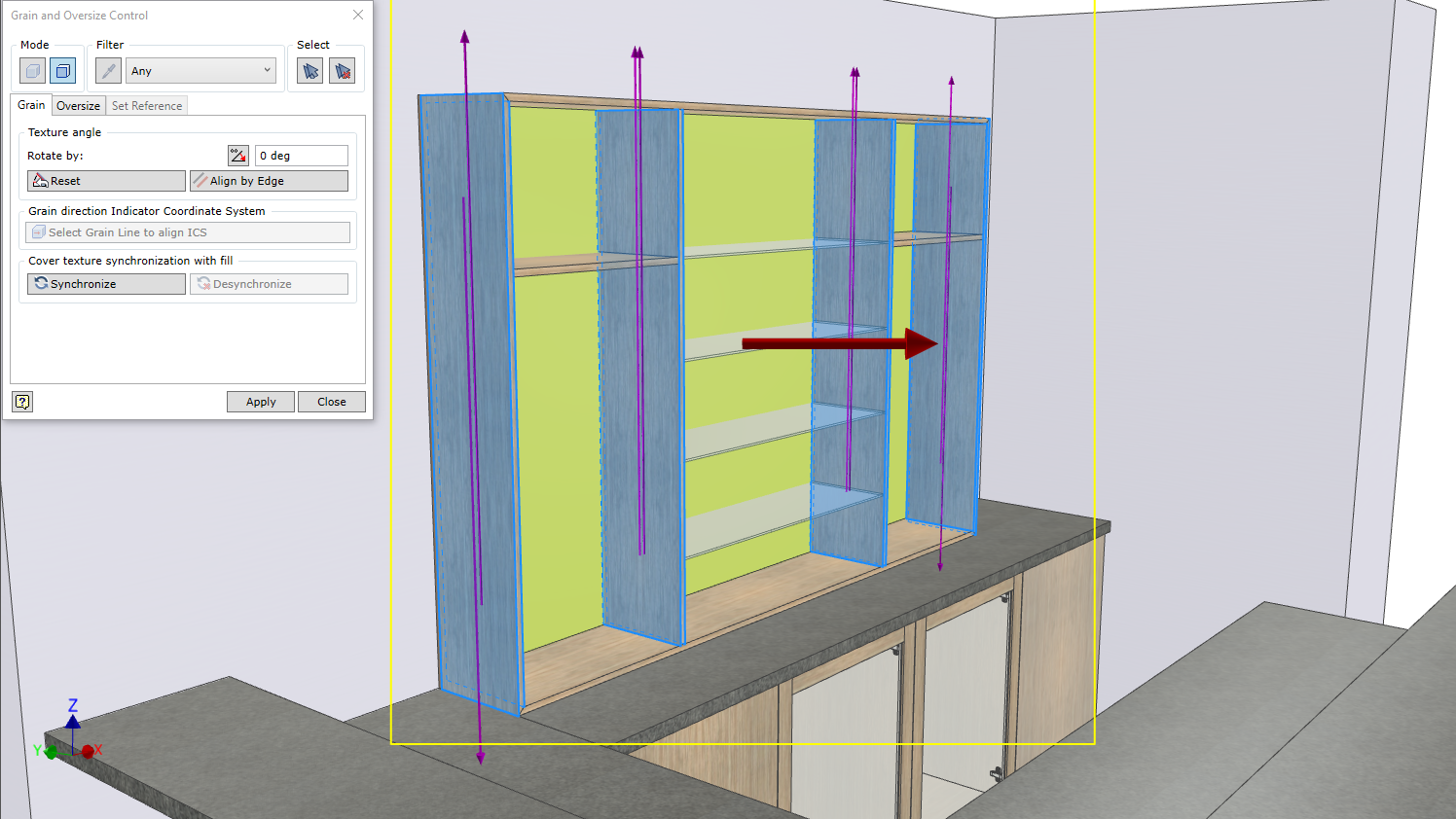

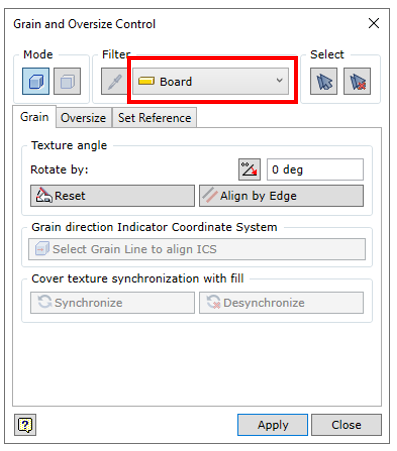
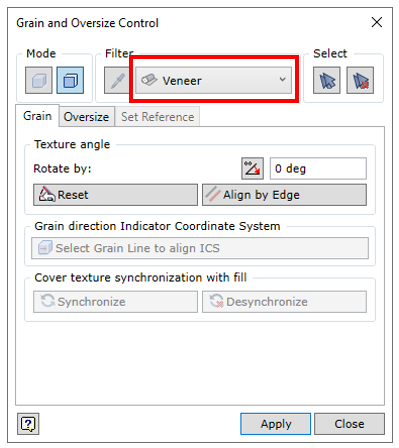

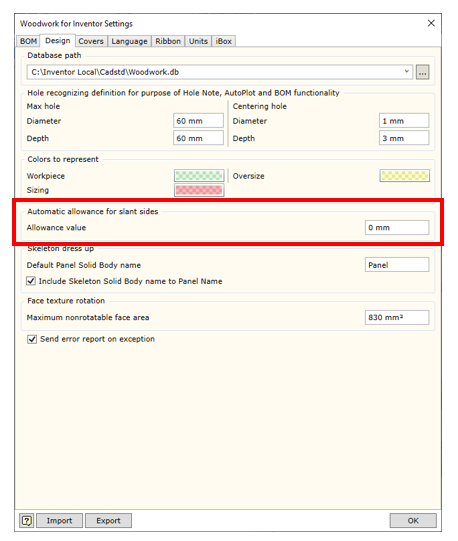
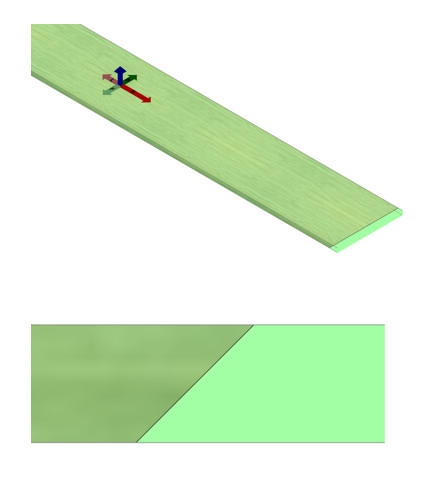

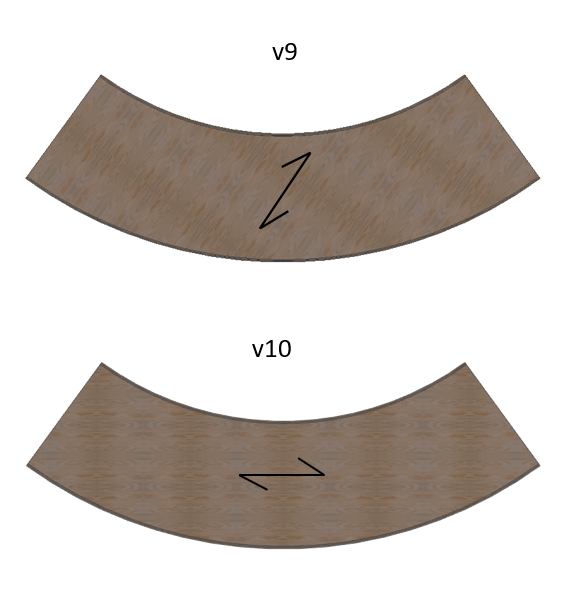
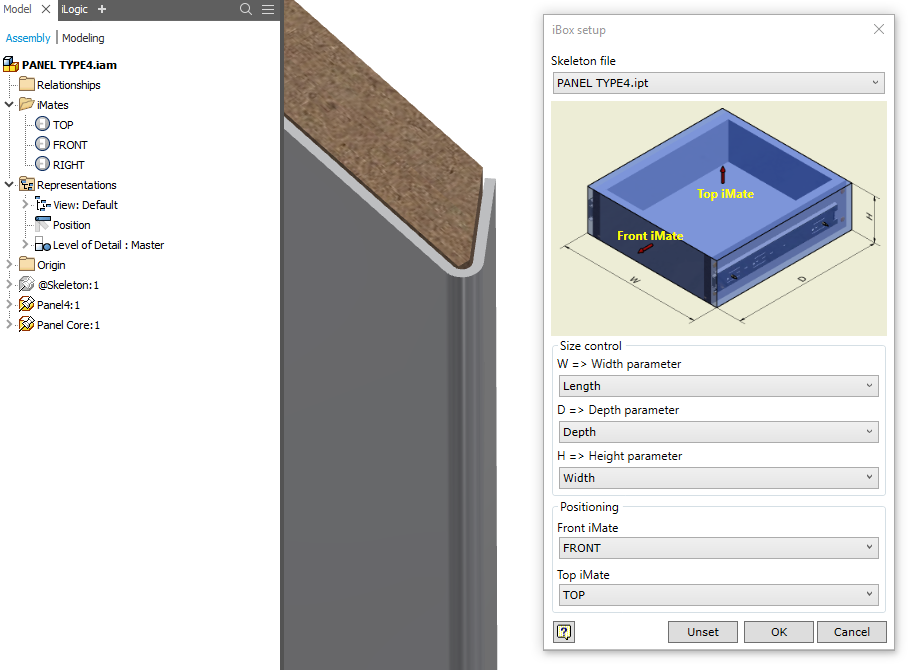
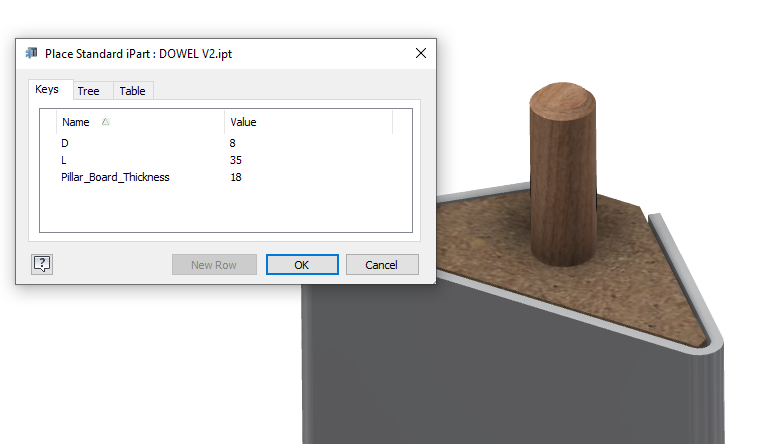

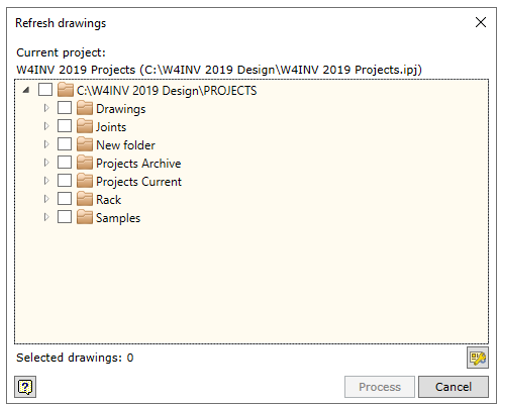
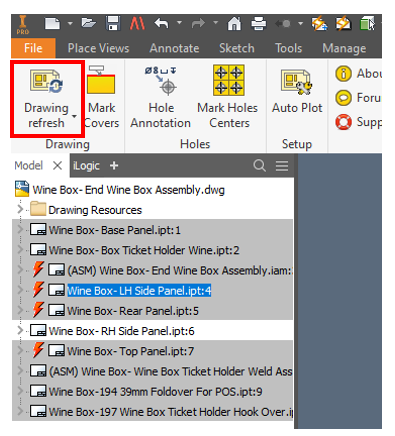
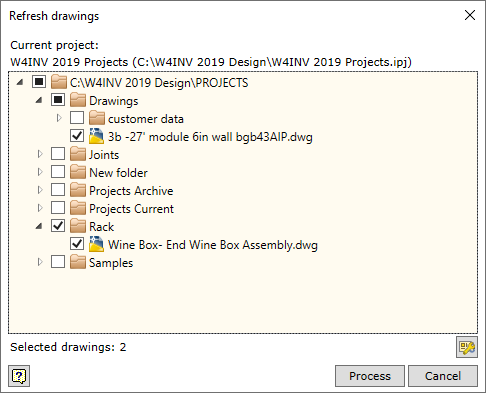

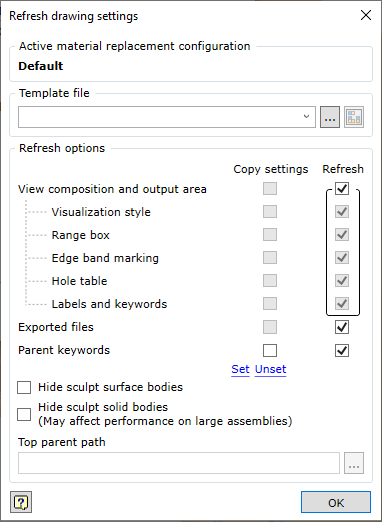


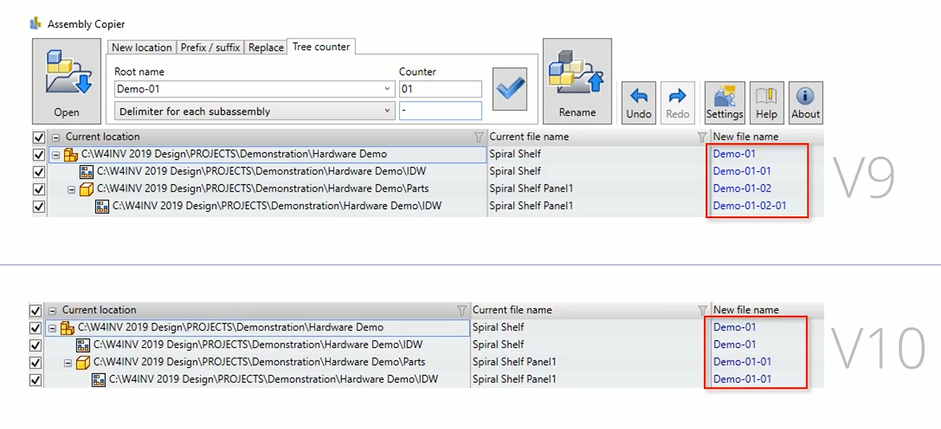

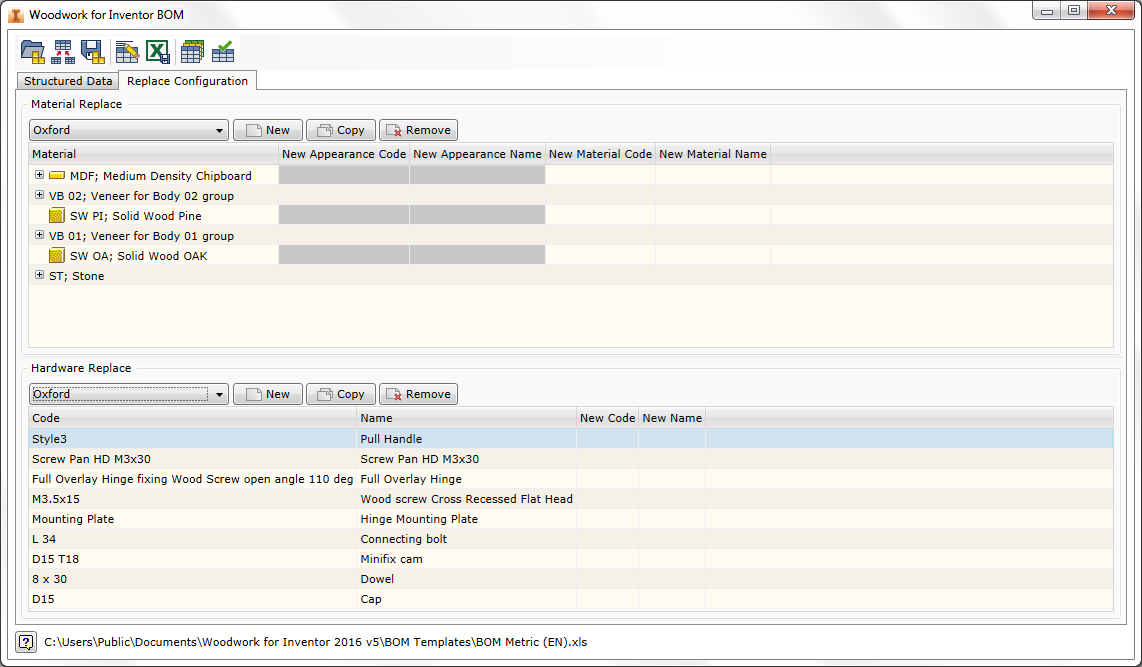
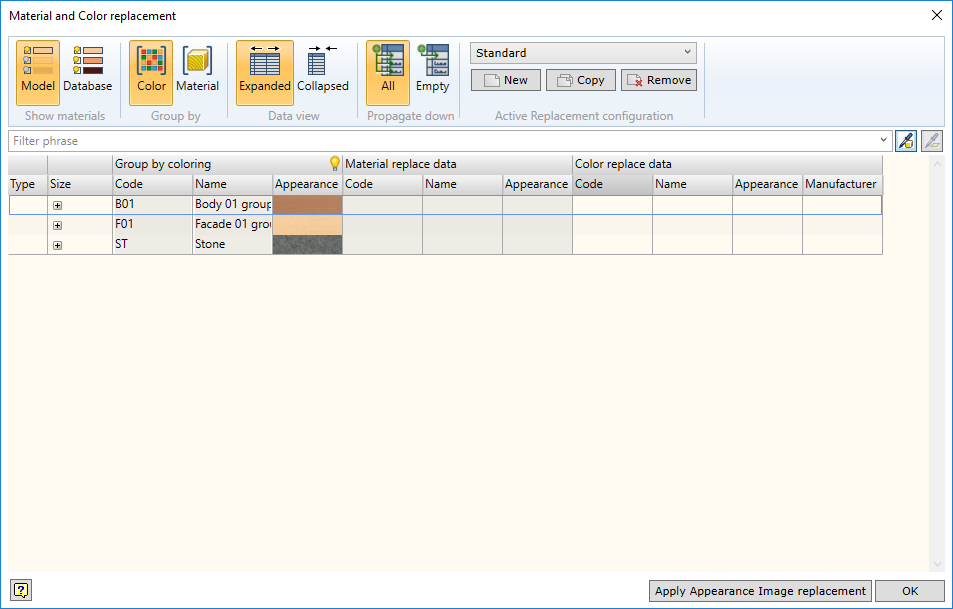
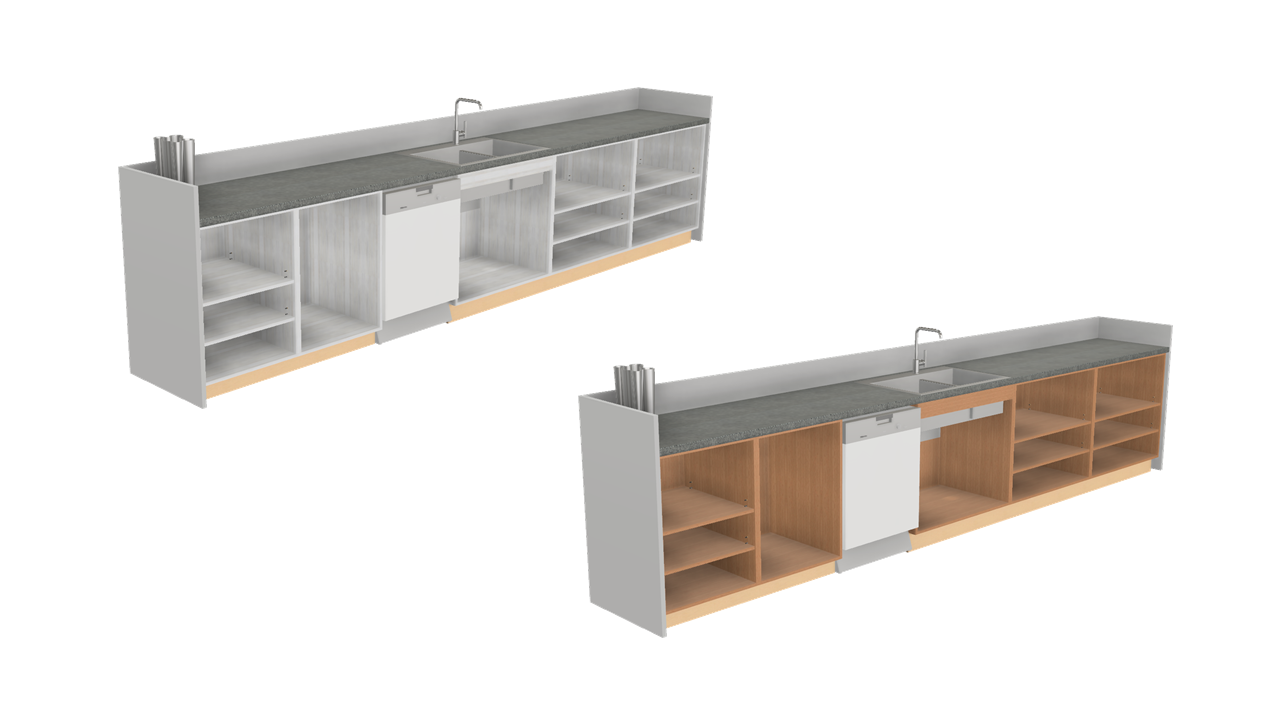

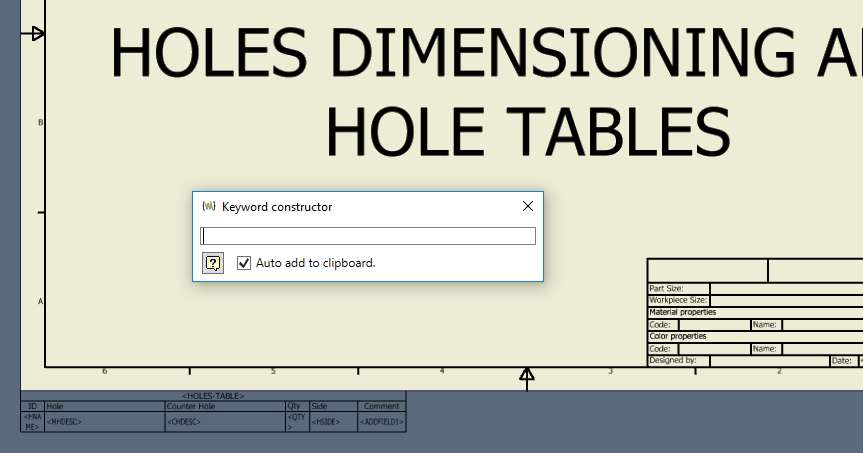
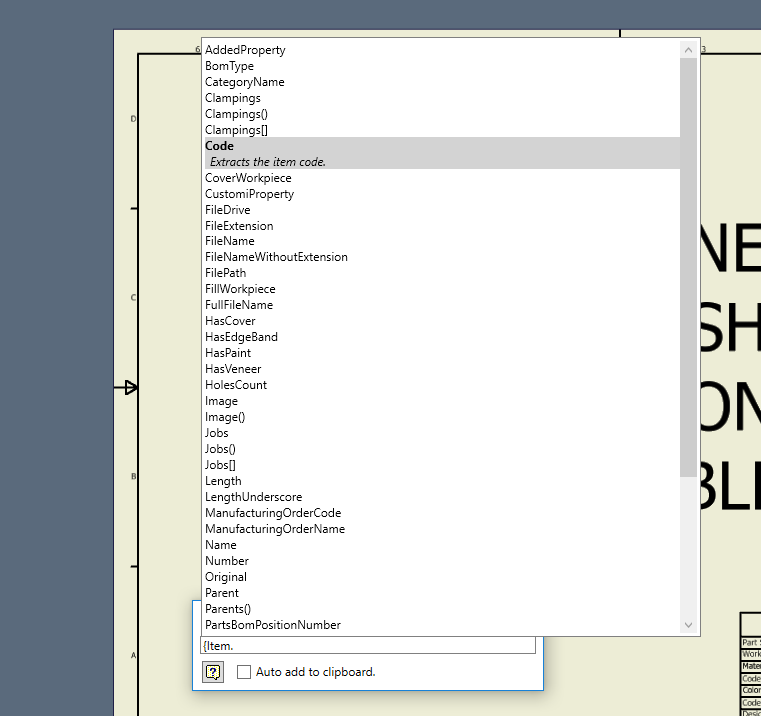






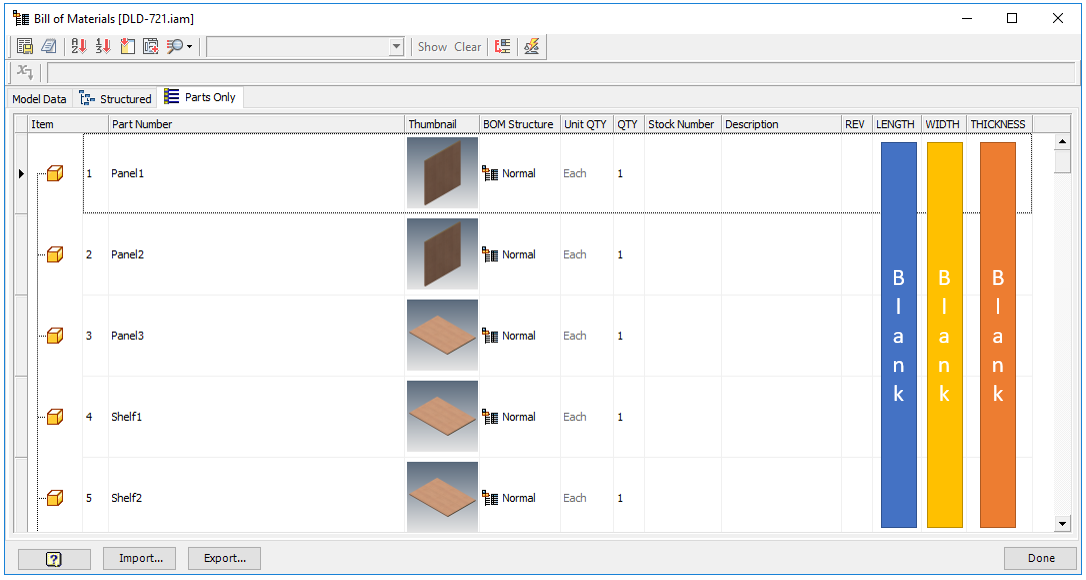
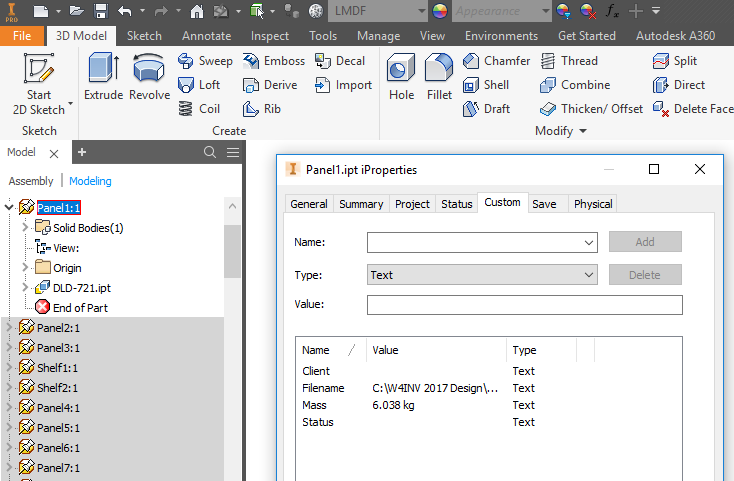


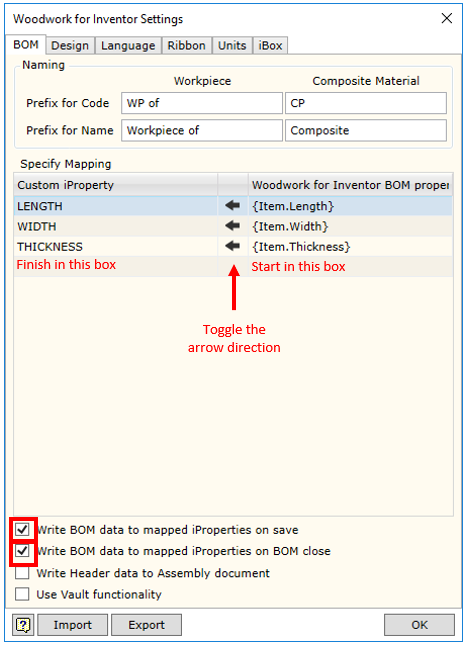
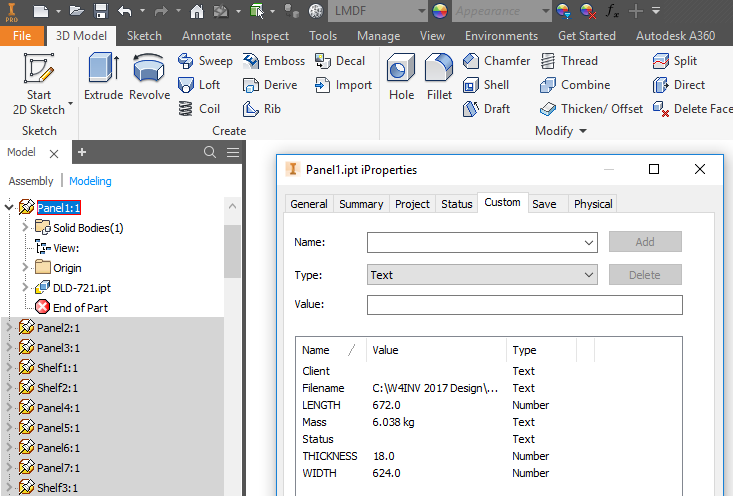
 Now checking your Assembly BOM, the data will now be filled in. You can now also check your drawing Cutting List.
Now checking your Assembly BOM, the data will now be filled in. You can now also check your drawing Cutting List.